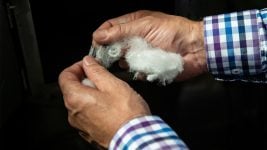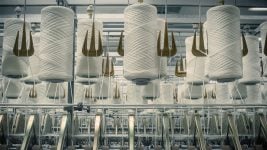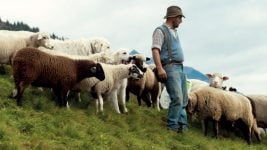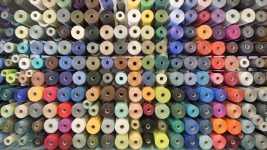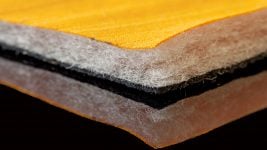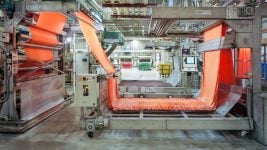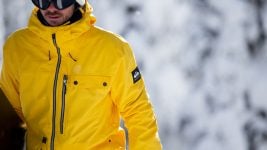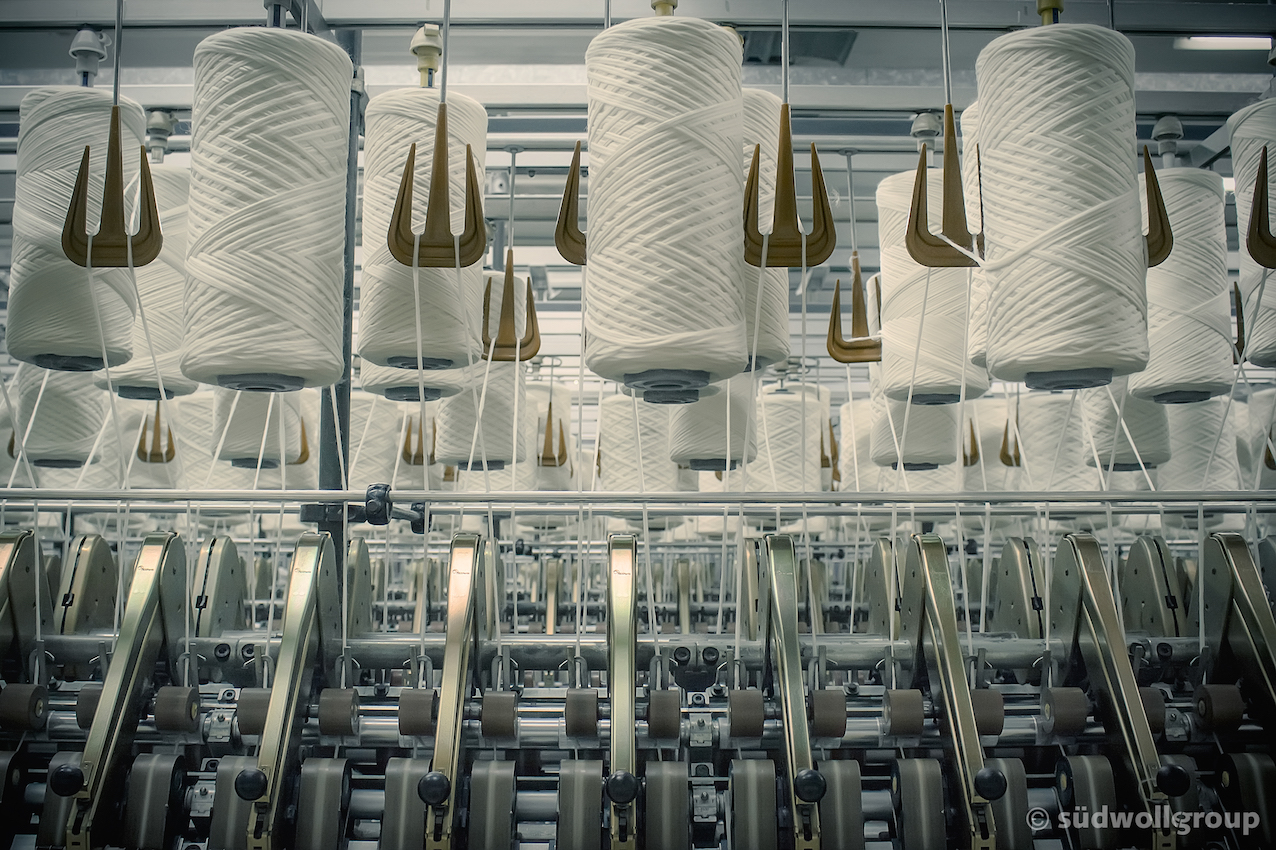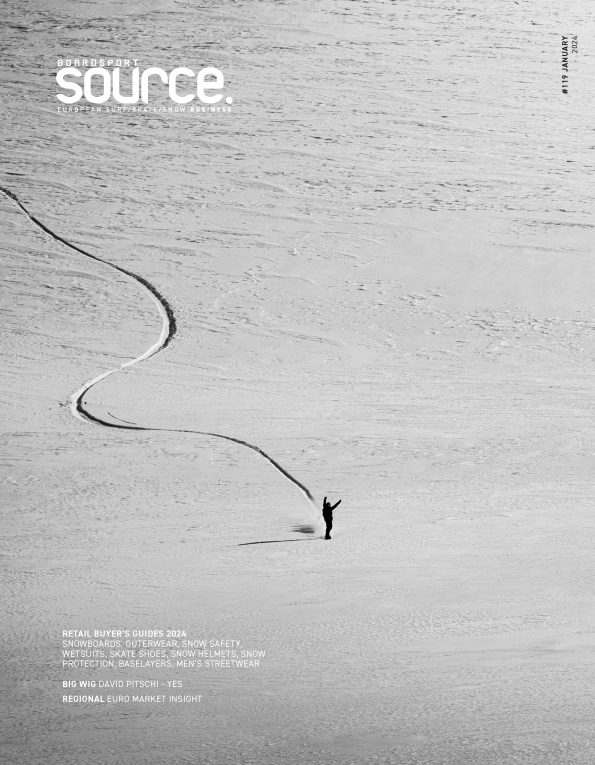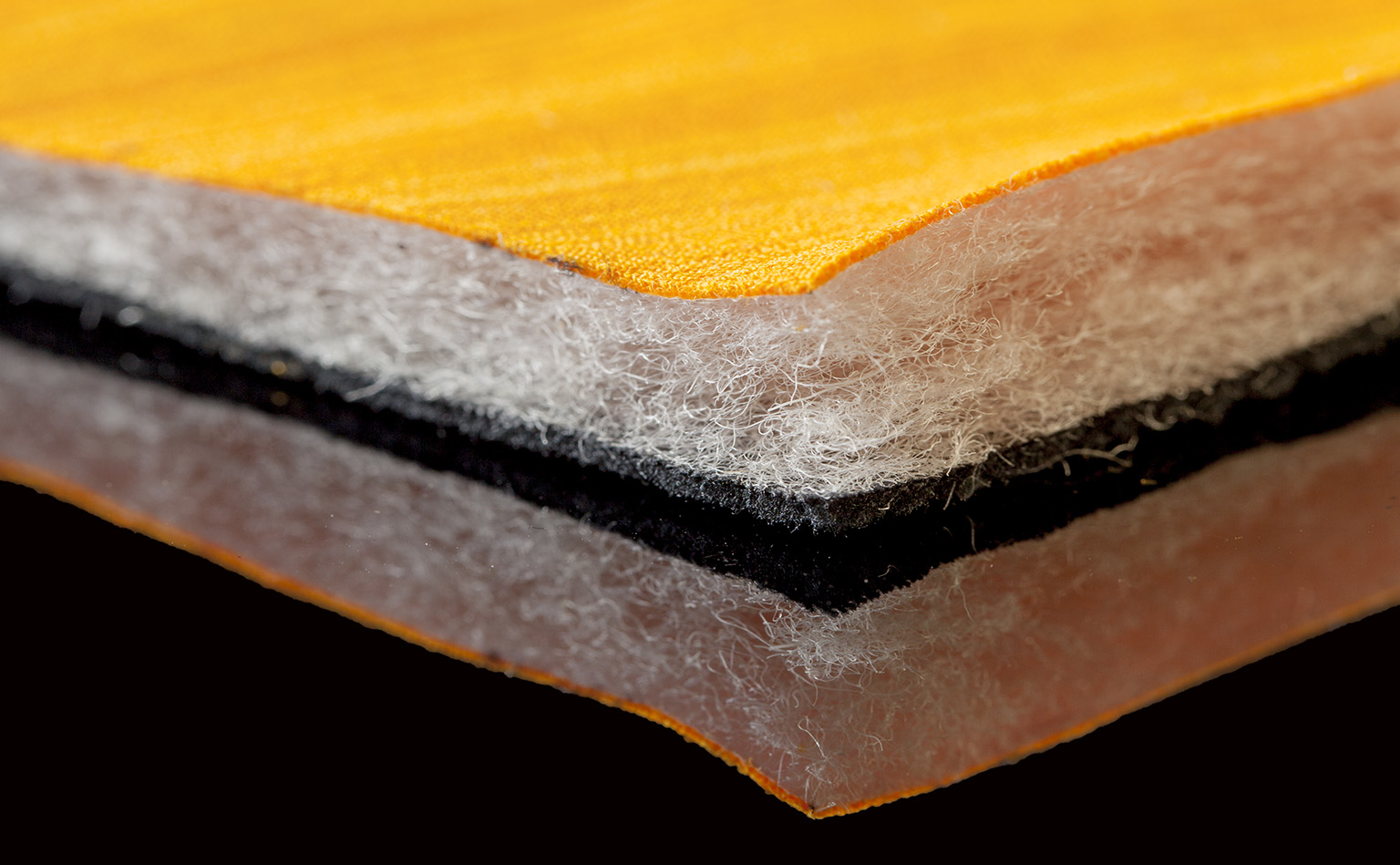
HDWool SS20 Eco Textiles Preview
Retail Buyers Guide: Eco Textiles SS20
Brand: HDWool
Interviewee: Jo Dawson, Owner of HDWool

What are your two most recent sustainable innovations and what makes them more sustainable than equivalent alternatives?
Product: HDWool is a replacement to polyester wadding insulation for garments. There is no need to repeat the debate about textile micro-filaments that come off in the laundry process & enter the water system to become carriers for the toxic chemicals in the sea & enable them to enter the food chain, but it is worth pointing out that wool filaments biodegrade within the two weeks that the waste water takes to pass through a sewage filtration plant
Process: HDWool operates within a traceable system which encourages farmers to invest in holistic argicultural methods. H.Dawson (parent company to HDWool) pays a premium for the wool fleece if the animals have had positive husbandry (like less use of chemicals – think organic type parameters) as it is known that a contented sheep produces a more durable fleece.
What was the initial driver behind investigating these sustainable innovations?
The parent company to HDWool is a wool merchant & has been keen to find new uses for the material. H.Dawson also owns Axminister carpets & The Wool Room (bedding using wool products). Merino is not sheep bred in Europe, so the majority of the fleeces harvested here are worth less than it costs for the farmer to shear them (hence regular fleece sometimes gets just dumped or put into the compost system).
What is your company’s definition of a more sustainable (ecological and social) product/material?
Sustainable is a much overused word these days – so much so it is getting used as a Greenwashing expression. To add to this the whole Circular Economy option is not being completely understood. Hence the phrase that seems to be the new currency is Regenerative – where you put more in than you take out. In terms of something like a polyester fleece this helps comprehend that it uses the waste from the soft drinks industry as it reprocesses fibres, rather than just using old fleeces to produce new. HDWool’s definition of a more sustainable business is where you put more into the environment than you take out – thus encouraging the better rearing of sheep.
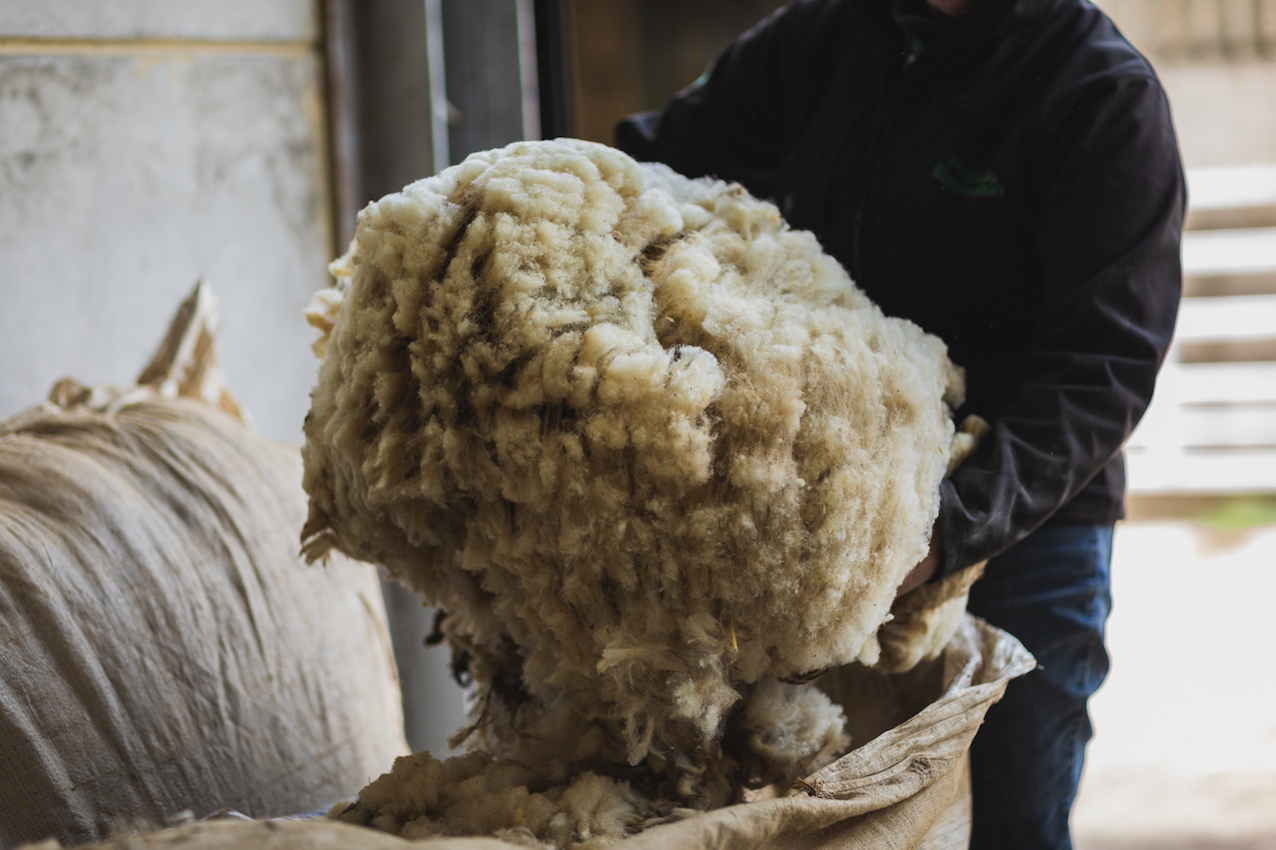
How do these innovations contribute to the circular economy, if they do?
By using holistic farming techniques the sheep graze on rested pasture. This means that the animals are not overgrazing on land where they risk picking up an infection from their own feces (thus a reduction in antibiotics given to the sheep); the longer the roots of the grass, the more carbon it squesters/captures. The less carbon in the atmosphere – the better for the whole Ghia principle (& the lesser the effects of global warming). One garment insulated with HDWool can capture 100 kgs of carbon.
What are the ecological and social topics within your value chain and how do you take care of them? (certifications and standards, code of conduct, sourcing guidelines)
Sheep are an original case as the recently introduced Responsible Wool Standard is in its first phase. The RWS is a good starting point, but it is more suited to the Antipodean technique of having 5000 sheep on a farm, as opposed to the European style of a couple of hundred – hence we are working with the Textile Exchange for a better 2.0 version alongside producing our own standard for the areas it misses.
What are your greatest challenges and achievements for ecological and social improvements? (social and environmental projects, ecological footprint reduction)
The whole holistic farming techniques are now being considered by food industry for endorsement of yarn creation. On top of this a system is being devised using BlockChain technology to assure the provenance of the fibre as it passes through not only the various wool processors (shearing/ cleaning/ et cetera), but also transforms into HDWool (specialised treatements for wash stability & improved performance). Once the full footprint is known, then better targeting of reduction can happen. A good example of this is that sheep’s footprints are currently considered based on land area usage, but in Europe most of that land use is not suitable for either other livestock grazing or arable crops Wool is also a by-product of the meat industry: of the 30 million sheep in the UK, 29.900,000 of them are reared for their meat; the fleece is a waste product – but the HDWool processing makes the waste into a usable product
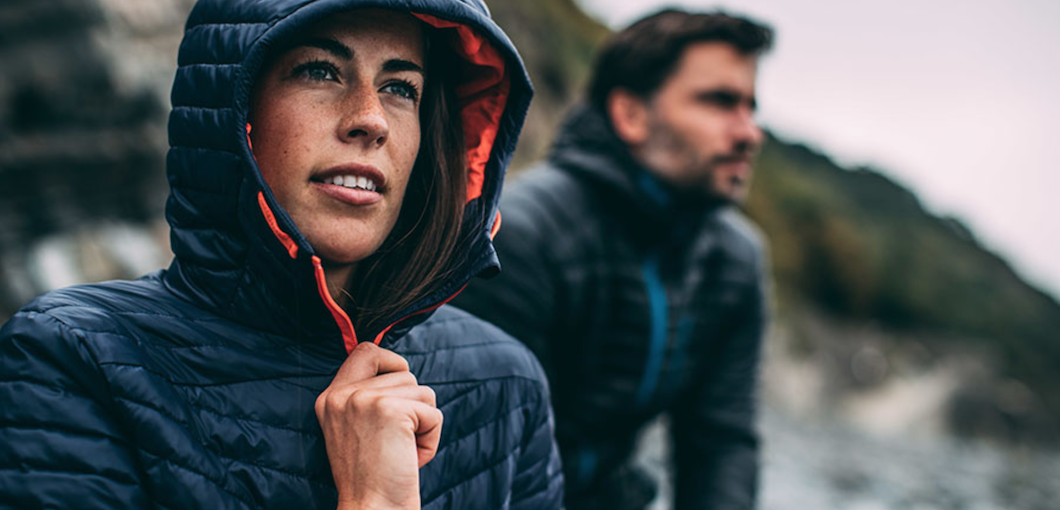
Please tell us about any multi-stakeholder initiatives you‘re involved in (roundtables, working groups, industry organizations)
European Outdoor Conservation Association members. Participants in the EOG’s sustainability working group. Global Organic Textile Standard, Oeko-Tex, the International Wool Textile Organisation




